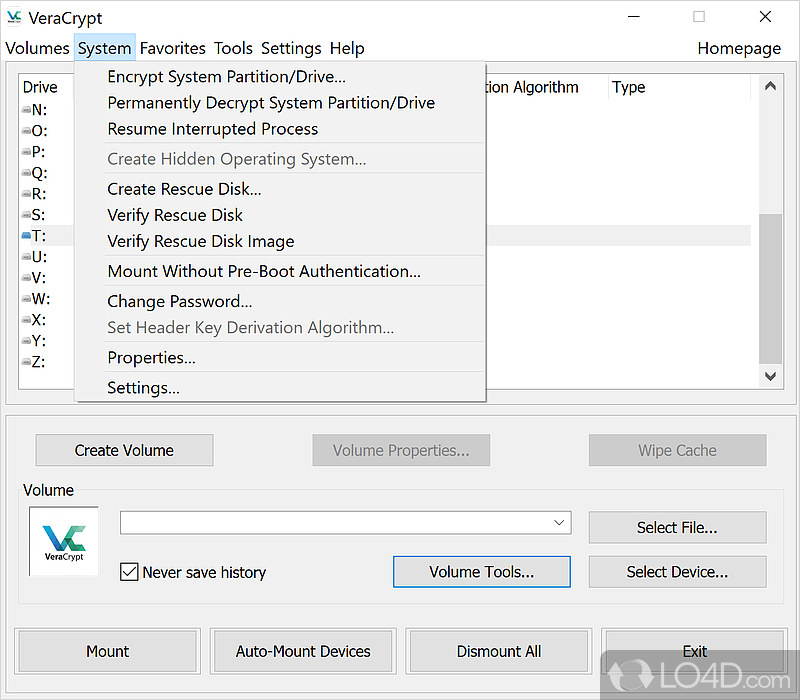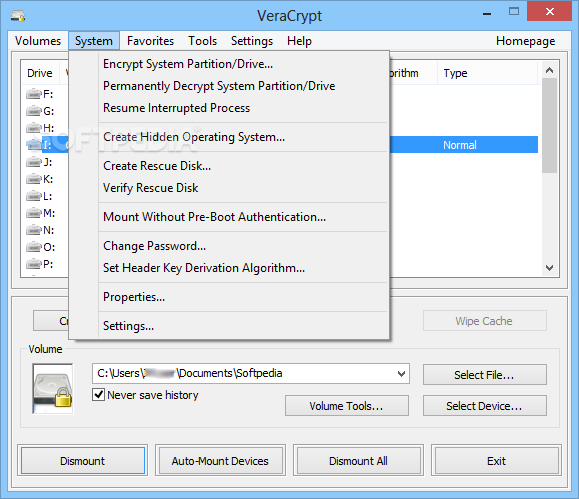
This cookie is set by GDPR Cookie Consent plugin. The cookie is used to store the user consent for the cookies in the category "Other. The cookies is used to store the user consent for the cookies in the category "Necessary". The cookie is set by GDPR cookie consent to record the user consent for the cookies in the category "Functional". The cookie is used to store the user consent for the cookies in the category "Analytics". These cookies ensure basic functionalities and security features of the website, anonymously. Necessary cookies are absolutely essential for the website to function properly. They’re no longer needed, unless you want to keep a copy for future installations. Once the installation has been completed, you can feel free to delete the tarball and the directory that was created when the contents were extracted. If you want a desktop launcher in IceWM, you’ll need to manually copy/paste the sktop file from /usr/share/applications, into the /Home/Desktop folder. In IceWM, the launch link should be found in the Menu/Applications/Accessories folder. I’ve actually read it once in the past, so I just lean on the Enter key until it’s shown me all the screens in a flurry, and then asks me, do I accept the terms? I tell it yes, and then the installation gets completed.

It throws it up a screenful at a time, for a LONG series of screens. VeraCrypt will insist on you reading the entire licensing legalese. VeraCrypt’s installation routine will ask if you want to install it. If it doesn’t work, make sure that the attributes of the file are set properly i.e., ownership, read/write, & executable. This SHOULD result in execution of the file, installing VeraCrypt.

Doing this tells the system to use the file in the current directory, instead of applying the search path. * Type the name of the setup file you’ve chosen, preceded by “./”. Note, using zzzfm, a root terminal can be opened directly into the VeraCrypt options directory, via an option from the File drop-down menu. * Navigate to the VeraCrypt directory containing the alternate setup files. I haven’t tried it, but I suspect “sudo” would be sufficient for the root privileges.

* Open a terminal as root, or open a terminal & switch to root (“su” command). * Decide which alternative you want to install. The alternatives include combinations of x86 vs. It will create a directory containing several alternate setups. * Download the VeraCrypt tarball of your chosen version.


 0 kommentar(er)
0 kommentar(er)
